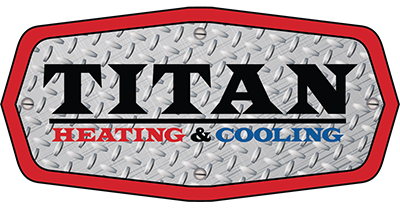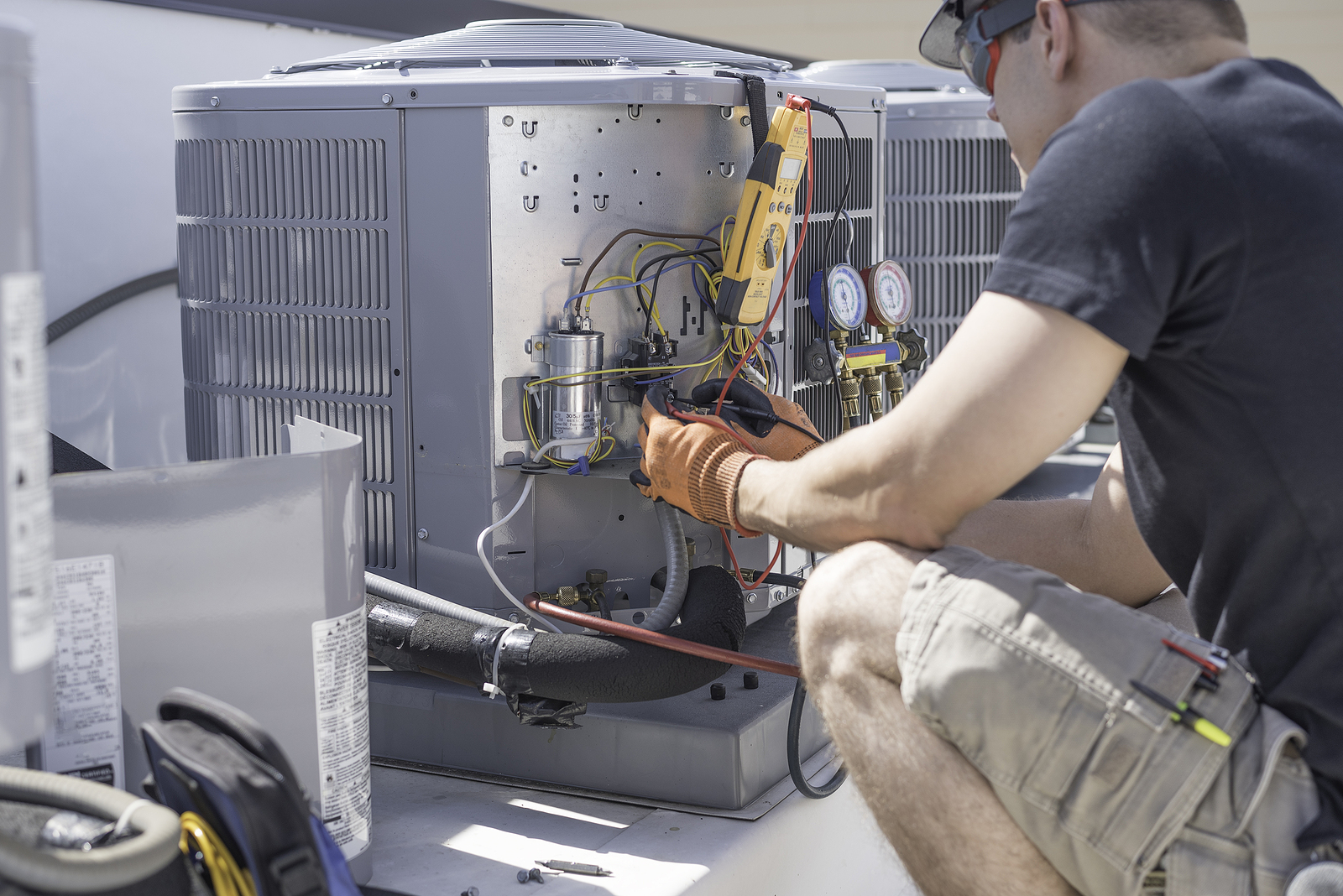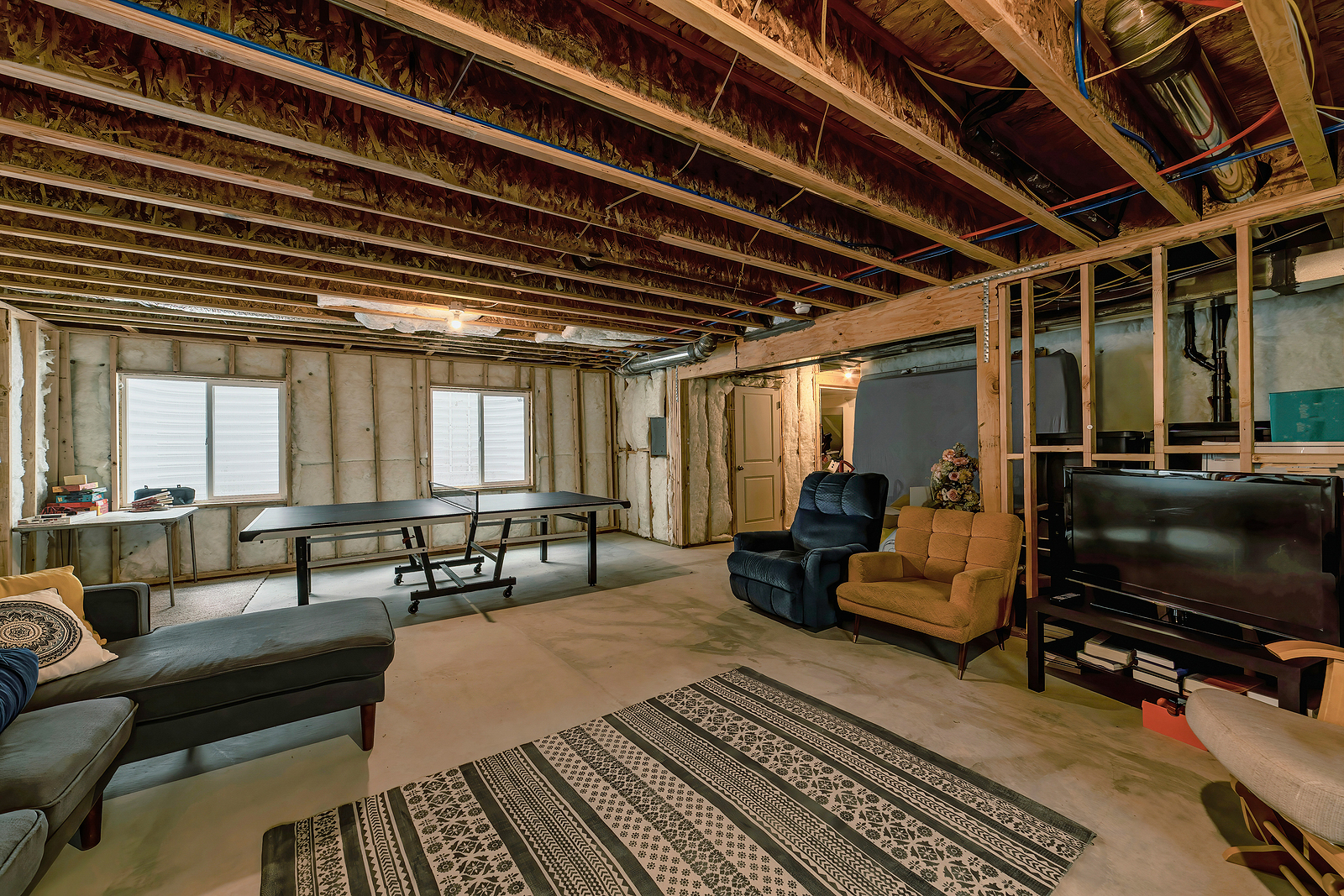It’s that time of year again: when we crank up the heater and hunker down, watching another winter roll through the Minnesota plains. It’s also the time of year where we start to cough, sneeze, and itch. If you, too, consider yourself a victim of winter-dryness, it’s time to talk about adding a whole-house humidifier to your home’s HVAC system. While winter dryness is uncomfortable, it can also cause a myriad of problems. Here are the top three reasons why a whole-house humidifier can be your best friend this winter season. 1. Health When we turn on our heaters, we’re pulling moisture from the air. Sure, this winter dryness can be irritating, but did you know that it can also negatively impact your health? With cold and flu season here, it’s important to note that viruses that can cause colds and the flu thrive in low-humidity environments. This means, the drier your indoor air quality, the more susceptible your family will be to common winter illnesses. The good news is, maintaining proper humidity levels in your home can actually help reduce the presence of airborne viruses, bacteria, fungi, dust-mites, and other allergens. These irritants can cause a number of health problems, including: Dry skinSore throat Runny nose Bloody nose Cough Respiratory infections Trouble breathing If you want to improve the health and comfort of your family’s home this winter, consider investing in a whole-house humidifier. Whole-house humidifiers attach to your ductwork and blow moist air into your home, raising your home’s humidity levels. And, with systems like the AprilAire whole-house humidifiers, you can control the humidifier from an app on your smartphone. 2. Home Wood is hygroscopic, meaning that it readily takes up and retains moisture. Wood reacts to the relative humidity of its surrounding environment to find equilibrium, meaning that moisture–or lack thereof–can actually change the volume and integrity of the wood. So what does this mean for you? Well, if the air in your home is too dry, your wooden floors, cabinetry, and anything else wooden is susceptible to cracking and warping. To preserve the beauty of your home’s wooden features, make sure your humidity levels are maintained between 30 and 55%. Most whole-house humidifiers come outfitted with digital controls, making it easy to maintain your desired level of humidity. With the proper humidity, your wooden floors and features will maintain their luster for years longer. 3. Energy Efficiency As these midwestern summers remind us every year, higher humidity levels can make the air temperature feel anywhere from 1 to 5 degrees warmer. This is because, thanks to the moisture content in the air, the body’s perspiration evaporates from the skin at a much slower rate, which makes it harder to cool off. During the winter time, though, the humidity is on your side, helping your body maintain its heat. This also means that if the air in your home is too dry, it can actually feel colder than it is. Without the right level of humidity, you’ll find yourself reaching for the thermostat more often, which means you’re putting more stress on your heating system. This also translates to a higher energy bill at the end of the month. At Titan Heating & Cooling, we’re all about efficiency. A whole-house humidifier can help you reduce your energy bill and make your home more energy efficient. You’ll also spend less money on hvac maintenance throughout the year if you use your heater less often! Need a Home Humidifier Installed? Trust Titan Heating & Cooling At Titan Heating & Cooling, not only do we specialize in AC units, heating systems, and HVAC maintenance, but we also offer only the best in humidifier technology: the AprilAire Whole-House Humidifier system. We carry various models of the...
Read MoreAre you curious about what it takes to become an HVAC technician? Or do you have a student who is interested in a career in HVAC? If so, you’ve come to the right place. Working as an HVAC technician can offer you a fulfilling career taking care of the systems that keep people comfortable every day. Heating and air conditioning systems are a vital part of maintaining a comfortable and healthy environment for work, play, and everything in between in both residential and commercial settings. Read on to learn what an HVAC technician does, what the job outlook is, and how to get started on your HVAC career. What Does an HVAC Technician Do? HVAC technicians install, repair, and maintain heating and cooling equipment, which can include furnaces, air conditioners, ventilation equipment, climate control systems, refrigeration equipment, and more. Throughout the day-to-day of their jobs, technicians may be required to: Read blueprints and HVAC equipment specificationsAssemble and install HVAC units, thermostats, humidistats, and timers in residential and commercial buildings Connect HVAC systems to electrical, water, and fuel sourcesTest HVAC components and systems according to the manufacturer’s specificationsTest piping or tubing joints for leaksInspect, unclog, and clean ductsTroubleshoot common problems with heating and air conditioning equipmentMaintain HVAC units to keep them in good working orderClean and replace air filters and other malfunctioning partsSell service contracts for HVAC equipment maintenance or servicing HVAC technicians also work directly with customers, many of whom are experiencing stress because their heating or air conditioning systems aren’t working properly. Knowing how to treat customers with respect, patience, and honesty is a crucial part of a successful HVAC career. Job Outlook for HVAC Technicians The job outlook for the HVAC field is good. According to the U.S. Bureau of Labor Statistics, the industry is expected to see 5% growth from 2020 to 2030, with an average of about 38,500 job openings each year. This number includes new jobs in the HVAC industry, as well as jobs that open up as workers retire or shift to different occupations. In addition, the U.S. is currently experiencing a significant labor shortage, and the HVAC industry is not immune to that. If you are considering a career in HVAC, there are plenty of opportunities available. Steps to a Career in HVAC While becoming an HVAC technician doesn’t require you to obtain a college degree, there are a few requirements you need to meet, as well as additional education and certifications that can help you be more successful in your HVAC career. Here are the steps to take if you are interested in becoming an HVAC technician: Get a High School Diploma or Equivalent. Most states require a high school diploma or GED to pursue a job in HVAC. If you are still in high school or working toward your GED degree, try to take courses that focus on relevant subjects, like computer science, physics, math, or shop classes.Take Classes for Your HVAC Certificate. While there is no federal requirement for HVAC certification, many states do require technicians to be certified. (Even if your state doesn’t require it, a certificate helps you appear more reputable to potential customers.) Classes for an HVAC certificate take less than a year and include training in diagnostics, testing equipment and tools, and principles of mechanics, electronics, and electricity.Complete an Apprenticeship. An apprenticeship is not a requirement for a job in HVAC, but it can help you gain on-the-job training and experience that will make you more attractive to potential employers. Apprenticeships can last anywhere from three to five years, and involve a combination of coursework and practical training.Work Toward Additional Licenses and Certifications. There are a number of certifications you...
Read MoreBasements are notoriously chilly, especially in our cold northern climate. If you only use your basement for storage, you may not need it to be warm and cozy. But if you have a basement family room, bedroom, or bathroom, you need it to be comfortable enough that you actually want to spend time down there. If your basement is freezing, there are a variety of tactics you can use to turn up the heat and improve energy efficiency. Here are a few ways to keep your basement warm this winter. Seal Leaks Cracks or gaps in your basement walls or floors allow cold air to seep into your home and heated air to escape. Check for cracks in the foundation, flooring, and walls, as well as gaps around windows and doors. Seal up small cracks with the appropriate caulk, foam insulation, or weather stripping. If you notice a significant crack in your home’s foundation, have a professional take a look at it to make sure you don’t have bigger issues on your hands. Update Older Windows Replace old drafty windows and doors with new, energy-efficient options. If your windows are warped, broken, or have damaged seals or single-pane glass, it may be time to swap them out. When replacing windows, choose energy-efficient varieties, such as double- or triple-paned glass windows. Add More Insulation Insulation reduces the rate of heat transfer in a space — in other words, it keeps warm air in and cold air out. If your basement isn’t insulated sufficiently, it won’t retain heat as well as it should, and your other efforts to keep your basement warm won’t be as effective as they would be otherwise. If your basement already has interior walls covering the foundation, you may be able to add additional spray foam insulation. If your basement foundation is visible, you might want to consider framing in your basement walls so you can add insulation. In addition, check to be sure you have enough insulation around windows and doors, and add more as necessary. Install Carpet or Add Area Rugs Your walls aren’t the only factor in keeping your basement warm: the type of flooring you have plays a role as well. If you have bare concrete floors, consider covering them up with wall-to-wall carpet or area rugs. Not only is carpet nicer to walk on, it can also help insulate your floor and keep your basement warmer. Even placing throw rugs over the more highly-trafficked areas of your basement can help keep your feet warm and insulate the floor a bit. Note that if your basement tends to leak or flood regularly, you’ll want to take care of that first before installing carpet or rugs. Install In-Floor Heating An in-floor radiant heat system is another way to warm up your basement. These systems circulate hot water beneath your floor, warming the cement. That heat rises throughout the room and keeps your basement warm. Keep in mind that in-floor heat is easier to install in a new construction home. It is still possible to install in existing basement flooring, but the process is more involved. Add an Electric Baseboard Heater or Wood Stove You could also consider installing an individual heating unit in your basement, such as an electric baseboard heater or a wood or pellet stove. If you’re up for hauling firewood or bags of wood pellets into your basement, a stove can add cozy ambience in addition to heat. Electric baseboard heaters aren’t as attractive as a wood stove, but if that’s not a concern for your space, they’ll do the job well. You’ll need one for each room, as the heat from baseboard heaters doesn’t easily travel from room to room. You can...
Read More




